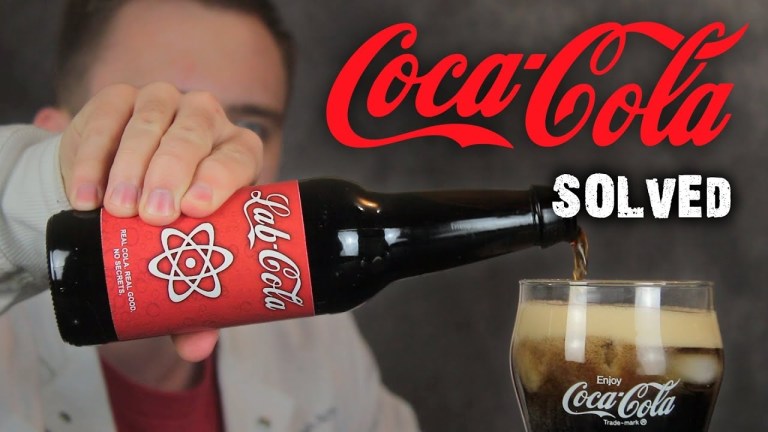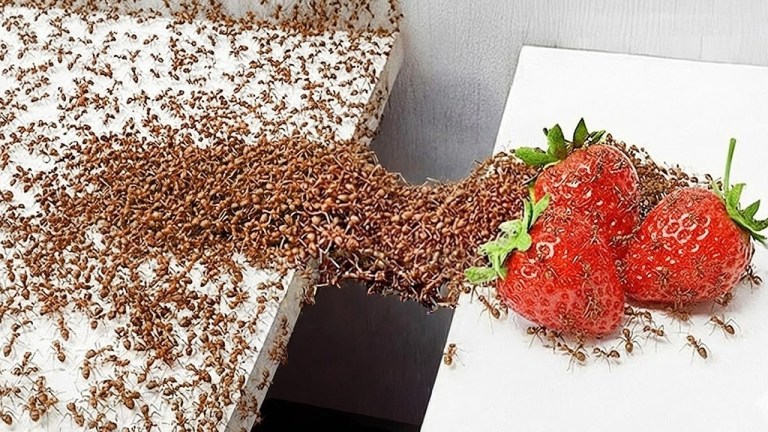Why American Cheese Melts Better Than Real Cheese
Kate Yoshida of MinuteFood explained why the chemical composition of processed cheese foods such as American cheese helps it melt better than that of real cheese, particularly hard and aged versions, which clump when heated.
As the cheese’s temperature increases, its molecules start moving around more, and some of the intermolecular orces holding its proteins together weaken and break, all of which begins to loosen up the network, softening the cheese. Eventually, things get loosey-goosey enough that the cheese can ooze, drip, and flow. At least, that’s the goal…but sometimes, you end up with something way less appetizing.
While not a traditional cheese, American cheese is made up of a combination of young colby and cheddar that’s combined with additional moisture and fats. It also contains sodium citrate, which weakens the binding proteins enough to make it melt smoothly.
When these salts, most often sodium citrate, are added to cheese, some of the calcium that glues the proteins together gets replaced with sodium a less-effective glue, increasing the flexibility of the network even further.
In fact, sodium citrate can be added to other real cheeses to break the protein bindings for a similarly smooth melt.
If you ARE anti-process cheese, or want something more interesting than its admittedly underwhelming flavor, you can…use sodium citrate, which you can easily get online, to make almost any cheese, like this well-aged extra sharp cheddar, into a really good melter.






